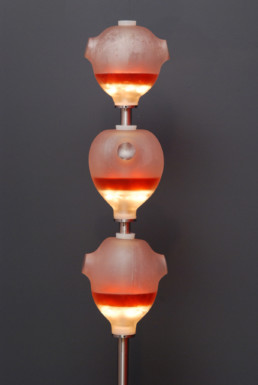
Automation Cultures
A project exploring the cultural and intellectual history of automated labour
Public anxieties about the impact of labour automation lie at the heart of discussions about the future of work. While for some, labour automation signals imminent job replacement and human redundancy—encapsulated in the slogan ‘the robots are taking our jobs’—for others, it represents efficiency and improved working conditions on a potentially global scale. It can evoke images of human mechanization and a sense of alienation from the objects that we produce and consume. Yet it can also evoke the idea of a liberated human workforce, increasingly free to pursue more creative and fulfilling tasks. These types of image suggest the role of the imagination in framing debates about work.
In this project we ask:
1.) What role do cultural representations of automated labour play in how we conceive of and experience work, and how has this changed over the course of four industrial revolutions?
2.) What is the relationship between practices of automation in labour and practices of automation in art, including in relation to shifting ideas about the nature of ‘work’ as an activity of creation and production?
3.) To what extent are questions about labour—namely questions about the role of humans, organisms and machines in generating economic productivity—underpinned by aesthetic concepts, such as ‘value’, ‘judgement’, ‘taste’, ‘trust’, and ‘authenticity’? This question also encompasses frontier practices of engineering biological entities for the purpose of performing productive labour, drawing these into a longer history of ideas about the agency of machine, animal and human workers.
Funded by the Australia Research Council, DP210102044 (2021-2023)
‘Triptych of Dismembered Immortality’ (2015), Oron Catts and Robert Foster